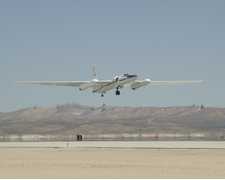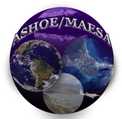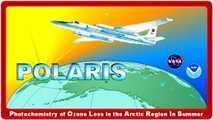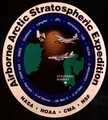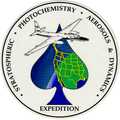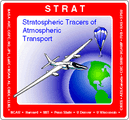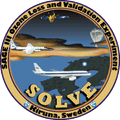The Airborne Chromatograph for Atmospheric Trace Species (ACATS) was an in situ airborne four-channel gas chromatograph. It used electron capture detection (ECD) to measure various halocarbons and trace gases in the stratosphere. Measurements are provided every 125 or 250 seconds, depending on the gas species. ACATS is now retired and has been replaced by the Uncrewed Aerial Systems (UAS) Chromatograph for Atmospheric Trace Species (UCATS).
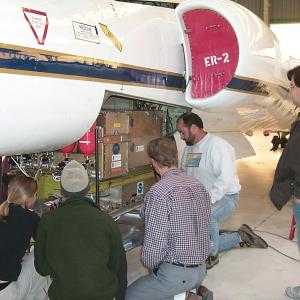

Instrument Details
- Meter/Analyzer
- Earth Science > Atmosphere > Atmospheric Chemistry > Halocarbons And Halogens > Carbon TetrachlorideEarth Science > Atmosphere > Atmospheric Chemistry > Trace Gases/trace SpeciesEarth Science > Atmosphere > Atmospheric Chemistry > Carbon And Hydrocarbon Compounds > MethaneEarth Science > Atmosphere > Atmospheric ChemistryEarth Science > Atmosphere > Atmospheric Chemistry > Halocarbons And HalogensEarth Science > Atmosphere > Atmospheric Chemistry > Nitrogen Compounds > Nitrous OxideEarth Science > Atmosphere > Atmospheric Chemistry > Halocarbons And Halogens > Chlorofluorocarbons
- Stratosphere
- 125 s, 250 s
- Point
- N/A
- Currently unavailble
James Elkins, Eric Hintsa, Fred Moore, Brad Hall
James Elkins
Currently unavailable
Currently unavailable
Currently unavailable
Filter data products from this instrument by specific campaigns, platforms, or formats.
CAMPAIGNS
PLATFORMS
FORMATS
